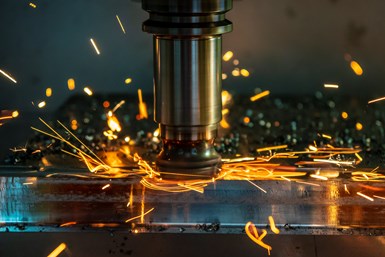Craftsman's Cribsheet - Heat Treat
What else to look for when choosing a heat treater.

What are some things to look for when using an outside heat treater for the first time? Here are some ideas to start the conversation. What else would you ask? Is packaging a concern, special labeling? Handling?
- Are they accredited? Is the accreditation per Fastener Quality Act? Is their lab accredited to A2LA or other?
- ISO, TS, QS, What other systems or standards? Do they have a quality manual? Have you examined it? How does it compare to your own?
- Do they have adequate procedures documented for lot control and maintaining identification?
- Evidence of outside training for key personnel?
- Do they have the ability to do chemistry validation in house, or only heat treat structure, hardness and mechanical properties in their lab?
- Turnaround time in the lab is _____. Turnaround time in their process is ____. Are these compatible with your expected needs?
- Do they have evidence of up-to-date calibration on quality control instrumentation? Furnaces? Do they have the technology you need (vacuum quench, induction, atmospheric controls, parts handling)? Do they have capacity to take your planned workload?
- What range on furnace controls? Is that too broad (+/- 50 degrees? 25 degrees? 10 degrees?) for what are you willing to pay?
- How often are they checking quenchants for contamination (i.e., water in oil?)
- Are they using/can they show your strip chart records for each production lot?
- Do they have a procedure to ensure that parts move from quench to temper immediately — not sit around at shift change or wait untampered overnight (This comes from a real-life experience.)
- How do they warrant/certify to you product conformance?
- Do you agree that their sampling plan makes sense for the way you provide them work?
- Do they have up-to-date copies of standards on hand and available?
- Does their posted OSHA 300 information show them to be a safe shop?
- Do they have 24/7 contact numbers and evidence that they respond timely?
- Any lawsuits pending? Any violations for environmental regulations?
- Do the premises look workmanlike and professional?
- Memberships in professional organizations show interest in continuous improvement. To what organizations do they belong?
- Credit report?
- Is pricing within expected range? Too low of pricing is suspicious.
- Recommendations from other businesses you know?
Related Content
-
Precision Ground Barstock: How It Is Manufactured, Benefits to Your Shop
Understanding the benefits provided by precision centerless ground barstock can help you avoid false economy and optimize the work you quote by maximizing benefits to your manufacturing process and customer.
-
‘Can You Hold This Tolerance?’ Is Not An Engineering Question
The implications of tolerances go far beyond mere technical compliance.
-
Roles of Women in Manufacturing: What I Learned
Over 20 women were featured in the Roles of Women in Manufacturing series, which started in January 2023.




.jpg;maxWidth=300;quality=90)

.jpg;maxWidth=300;quality=90)




